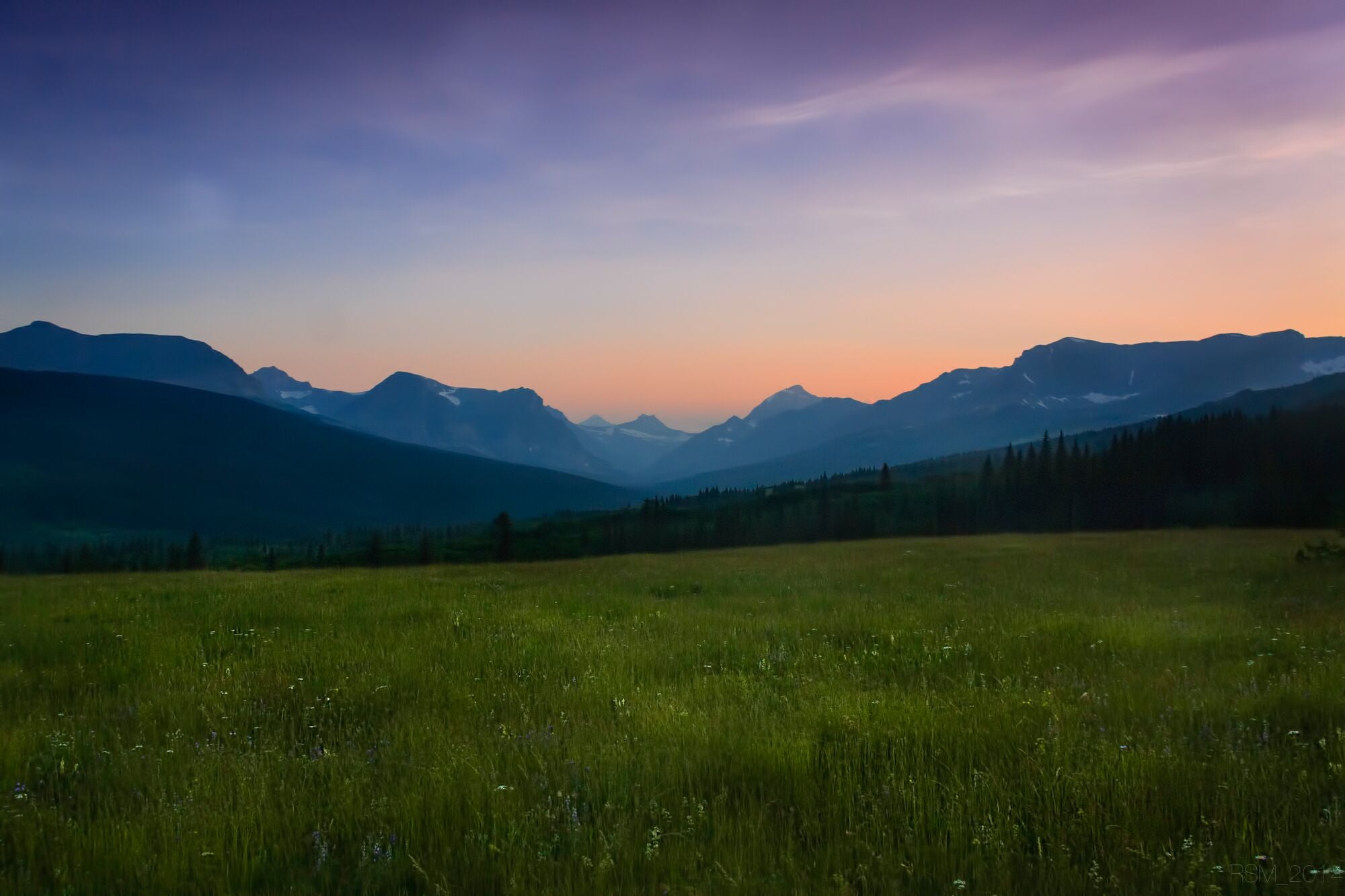September 1, 2023
Too Sacred To Drill
The Blackfeet Nation has prevailed in a four-decade fight to fend off oil and gas development in the Badger-Two Medicine region of Montana.

For more than 10,000 years, the Badger-Two Medicine area near Glacier National Park in Montana has provided strength, subsistence, and cultural identity for members of the Blackfeet Nation.
The Blackfeet believe that their people were created among the mountains and springs that rise from where Badger Creek and the Two Medicine River trace their headwaters.
But the Blackfeet aren’t the only ones who value the region. Oil and gas companies long sought to drill here. And they got a toe-hold in the form of leases issued by the Reagan administration in the early 1980s.
Over the next 40 years, Tribal leaders, conservationists, hunters and anglers, and other Montanans banded together to prevent drilling in this wild, roadless area of national forest lands.
Their persistence and tenacity finally paid off. A settlement announced on September 1, 2023, permanently retired the last of the leases.
What follows is an updated version of a 2015 story about this fight that spanned generations of people with a shared purpose.
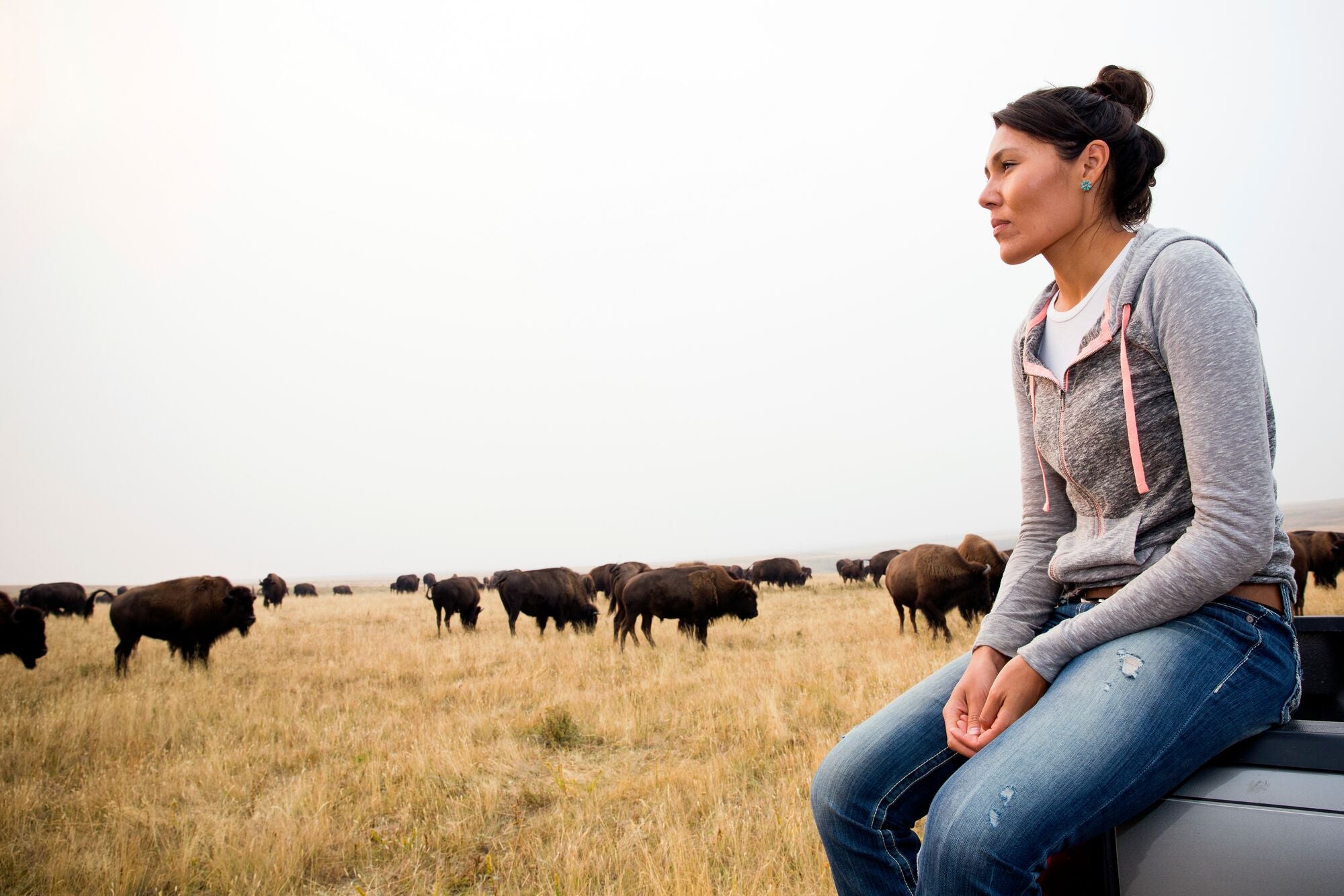
Kendall Edmo, a Blackfeet Tribal member, became involved in the fight to protect the Badger-Two Medicine area after learning about the region’s cultural significance to her people — and the threat of oil and gas drilling.
During her childhood, Edmo wasn’t immersed in the Blackfeet language or traditional ways. That changed after she graduated from college and returned to the reservation.

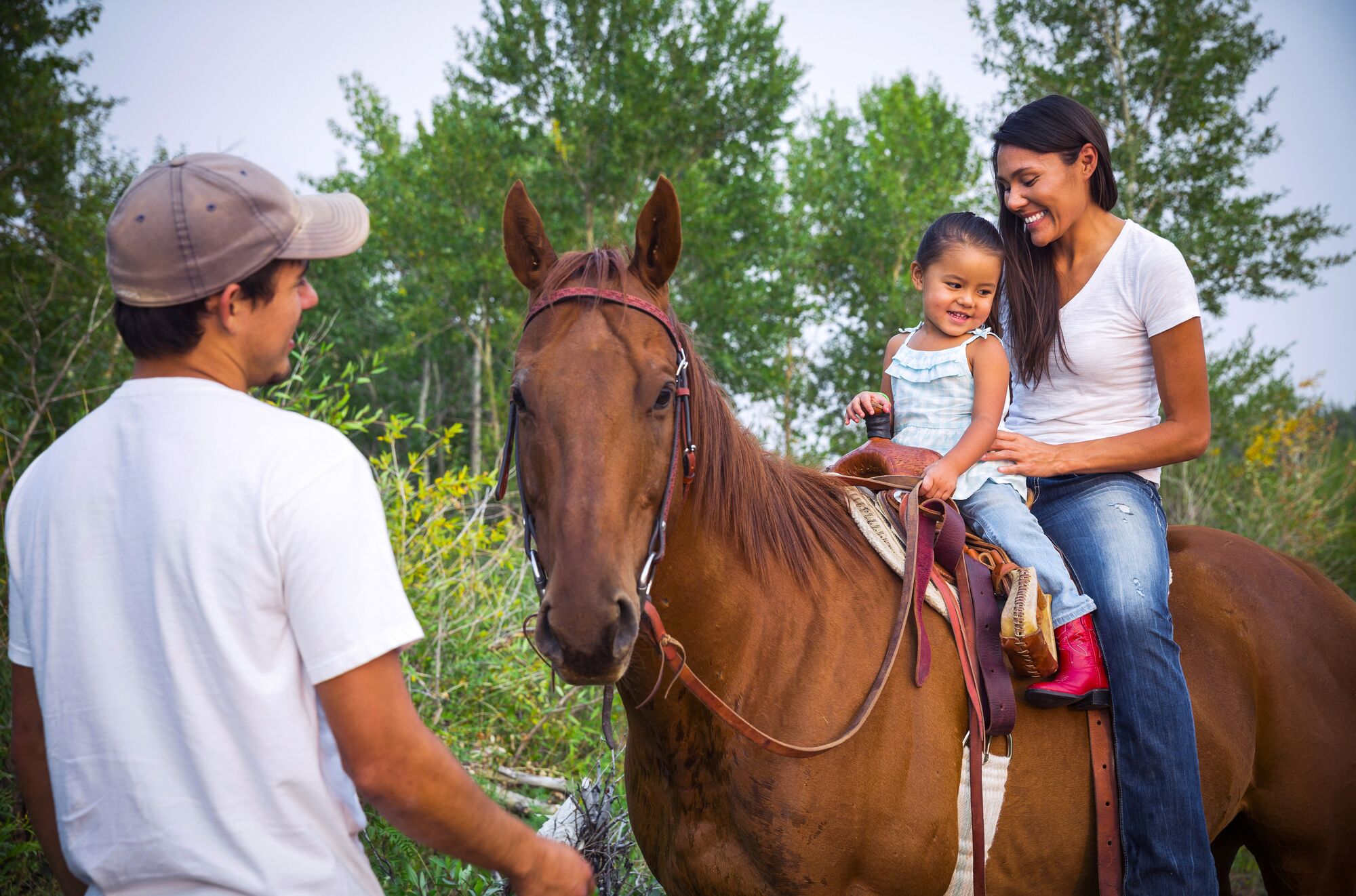
As a Tribal liaison for the National Parks Conservation Association, Edmo met with Tribal elders who took her under their wing and mentored her in Blackfeet history and spirituality. They explained the significance of the Badger-Two Medicine area. “Our cultural connection to this land is deeper than us just occupying it,” said Edmo, speaking to Earthjustice in 2015. “It’s a vital connection to our identity.”
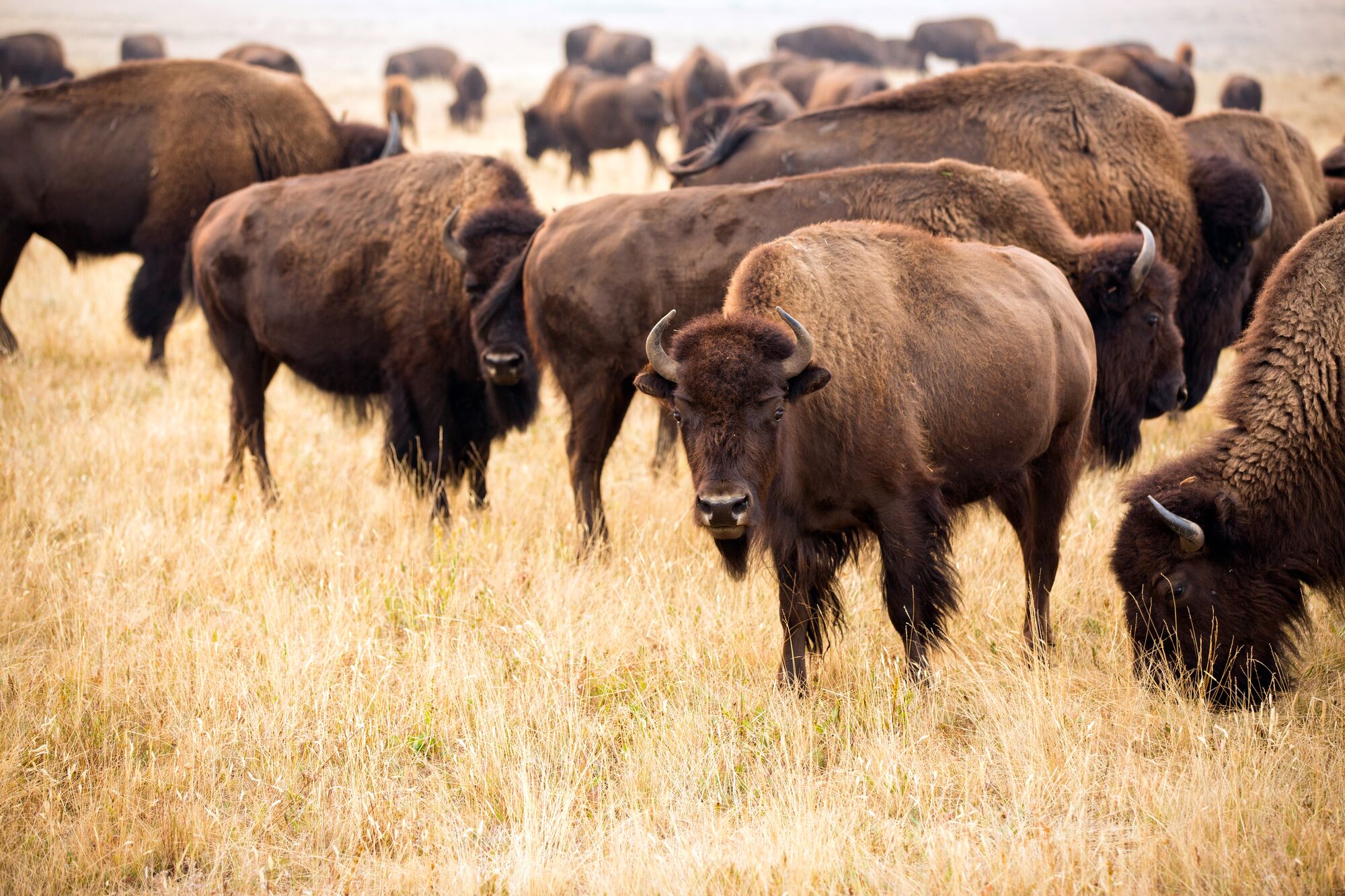
In the 1980s, the Reagan administration issued 47 oil and gas leases in the Badger-Two Medicine area to oilmen for $1 per acre. The leases were granted without Tribal consultation, review of significant cultural values, or proper evaluation of environmental impact — all required by federal law — and therefore violate both the National Environmental Policy Act and Endangered Species Act.
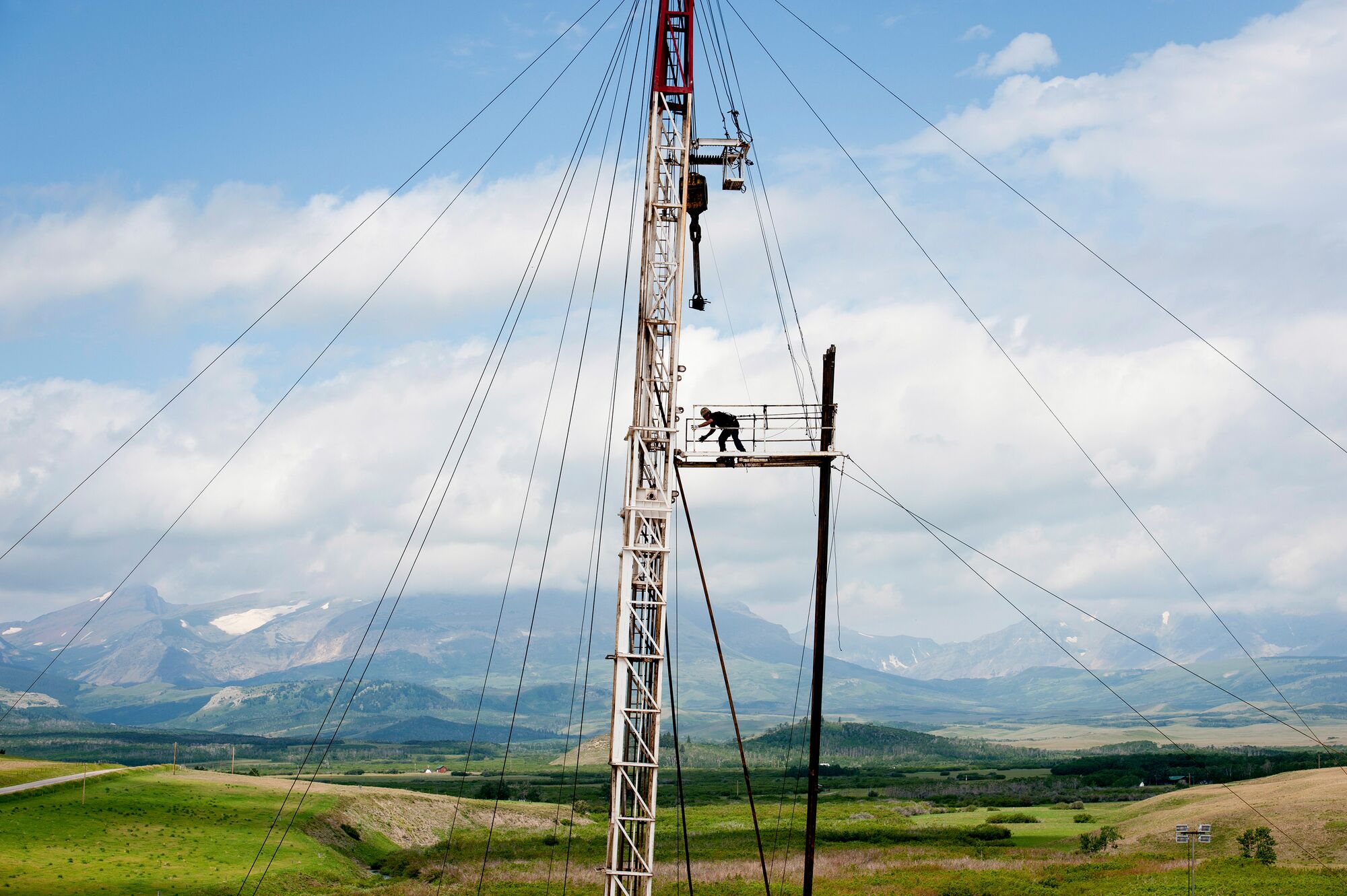
By 1997, a more conservation-minded Forest Service placed a moratorium on any new oil and gas leases along the Rocky Mountain Front, including the Badger-Two Medicine area. In the years that followed, many companies and leaseholders voluntarily relinquished their leases. A handful of leases remained, though, sitting in legal limbo for decades due to a series of suspensions by the federal government.
One of those leaseholders was the Solenex company in Louisiana. In 2013, Solenex sued the federal government, alleging that it had unreasonably delayed the company’s right to develop its lease. The fight to protect the Badger-Two Medicine area had just taken on a new urgency.
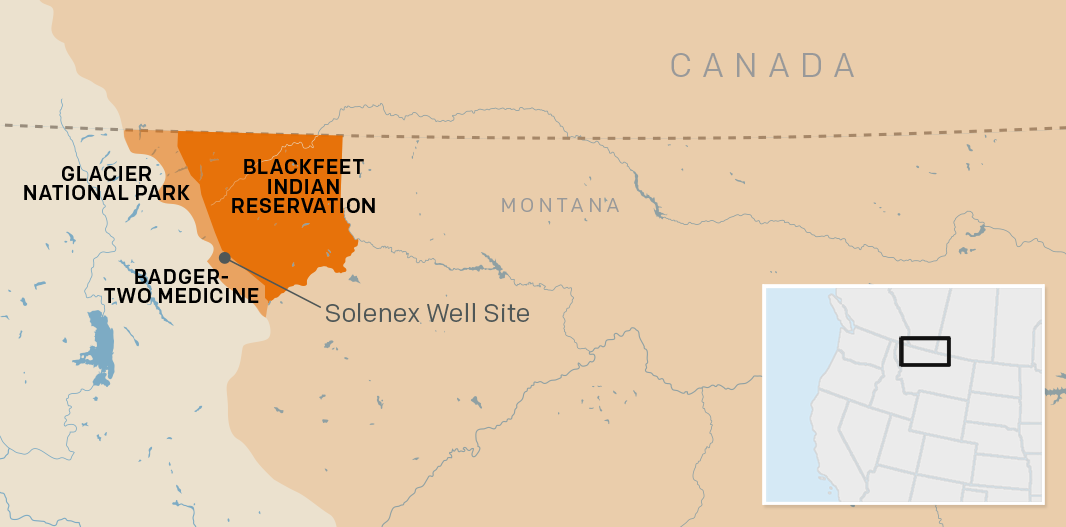
The fight over the Badger-Two Medicine area is just one in a long-running series of Tribal lands grabs initiated by the U.S. government.
Beginning in the mid-1800s, a series of treaties reduced the Blackfeet’s aboriginal homeland by millions of acres. Then in 1895 the Blackfeet lost even more land after a controversial agreement reduced the reservation by another 800,000 acres. This land is located in the “Backbone of the World,” also known as the Rocky Mountain Front, which the Blackfeet consider to be spiritually sacred lands. Part of this ceded strip of former reservation land is the Badger-Two Medicine area, one of the Blackfeet’s most sacred places.
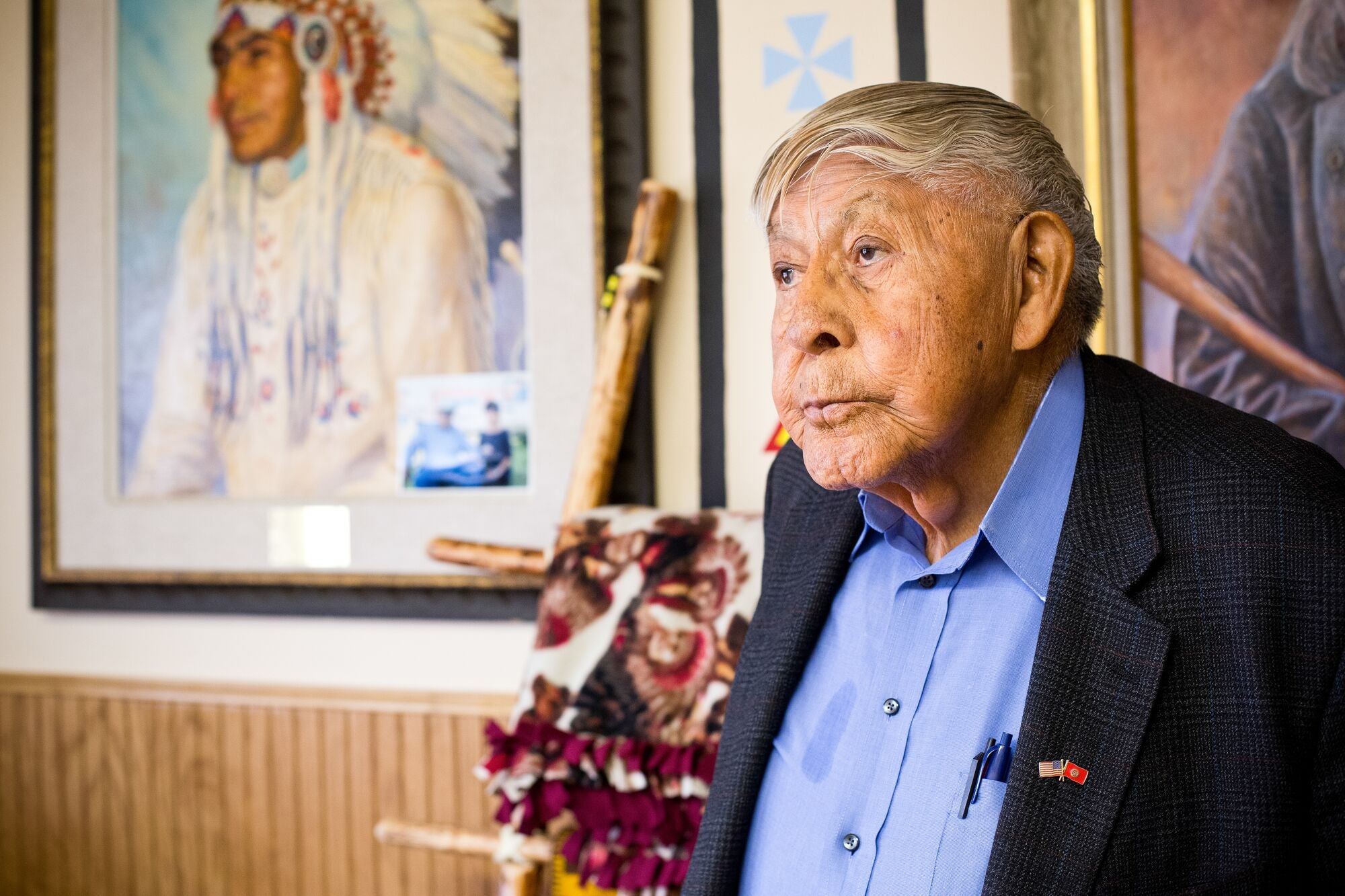
Under the 1895 treaty, the Tribe sold some mineral rights within the Badger-Two Medicine area to the federal government, but they retained the rights to cut wood, hunt, and fish on the land. Some Tribal members maintain that they never gave the federal government the right to oil and gas underlying the area. Even if they did, oil and gas drilling threatened the Blackfeet’s long-standing cultural and spiritual interest in this sacred landscape.
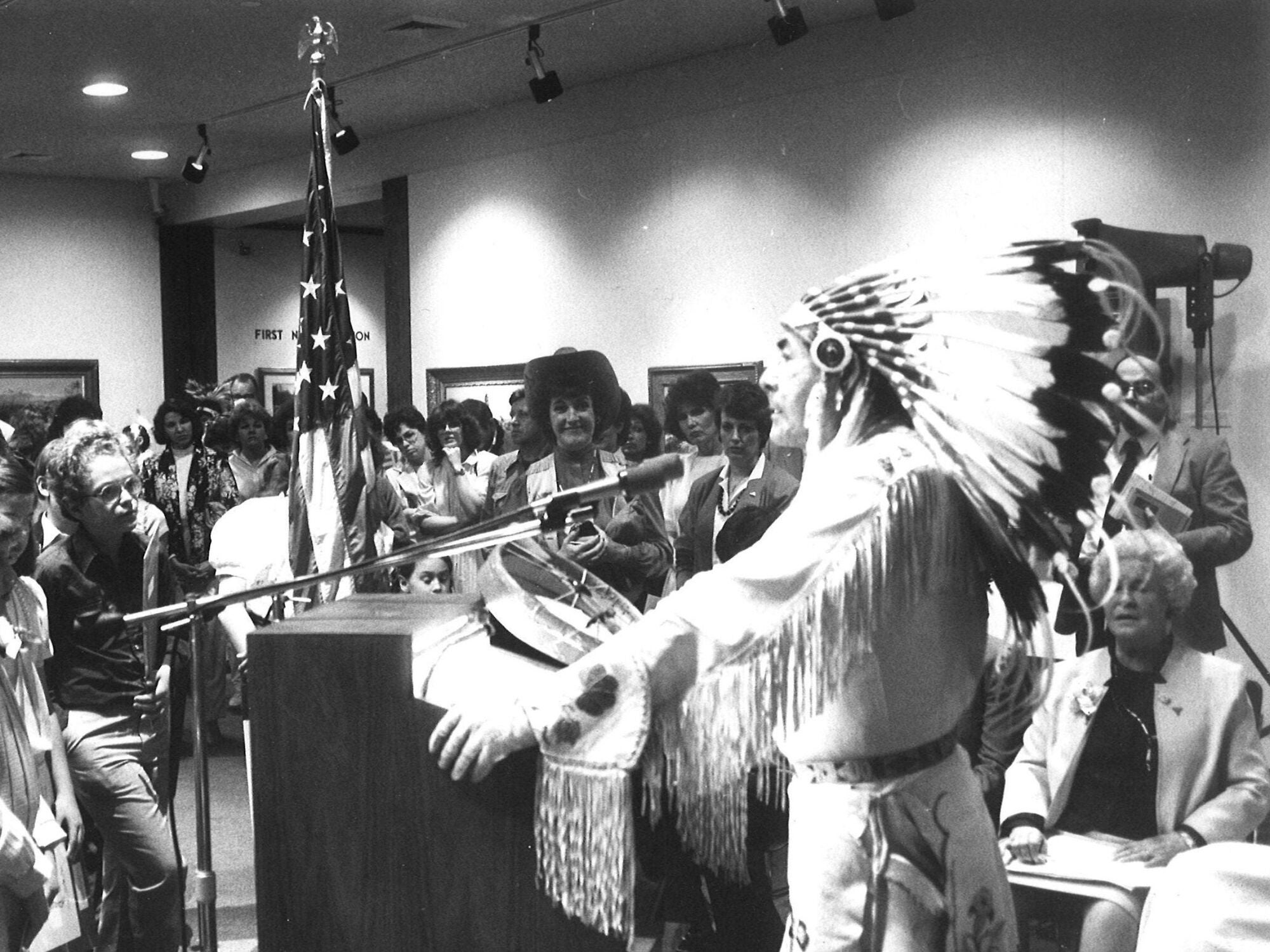
“Our identity, every cell in our bodies from the time of contact, was composed of this landscape,” said Jack Gladstone, who has likened the drilling of the Badger-Two Medicine area to fracking the Sistine Chapel.
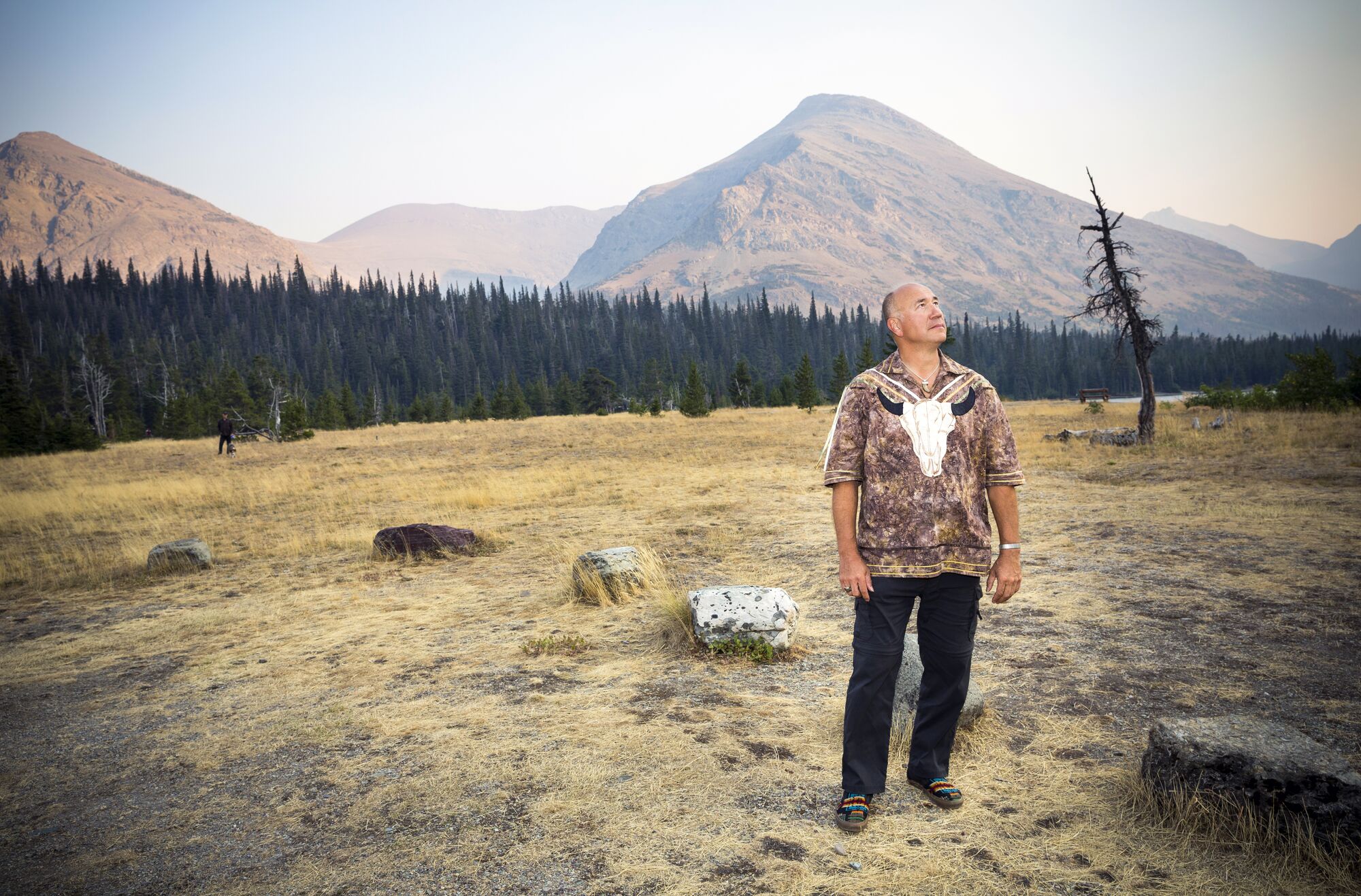
Gladstone is a Tribal member who tours the country performing songs about American Indian history and heritage. He’s also the founder of the Blackfeet Headwaters Alliance, which works to protect the waters beneath the Blackfeet’s historic Tribal lands.
Listen to the Blackfeet Troubadour:
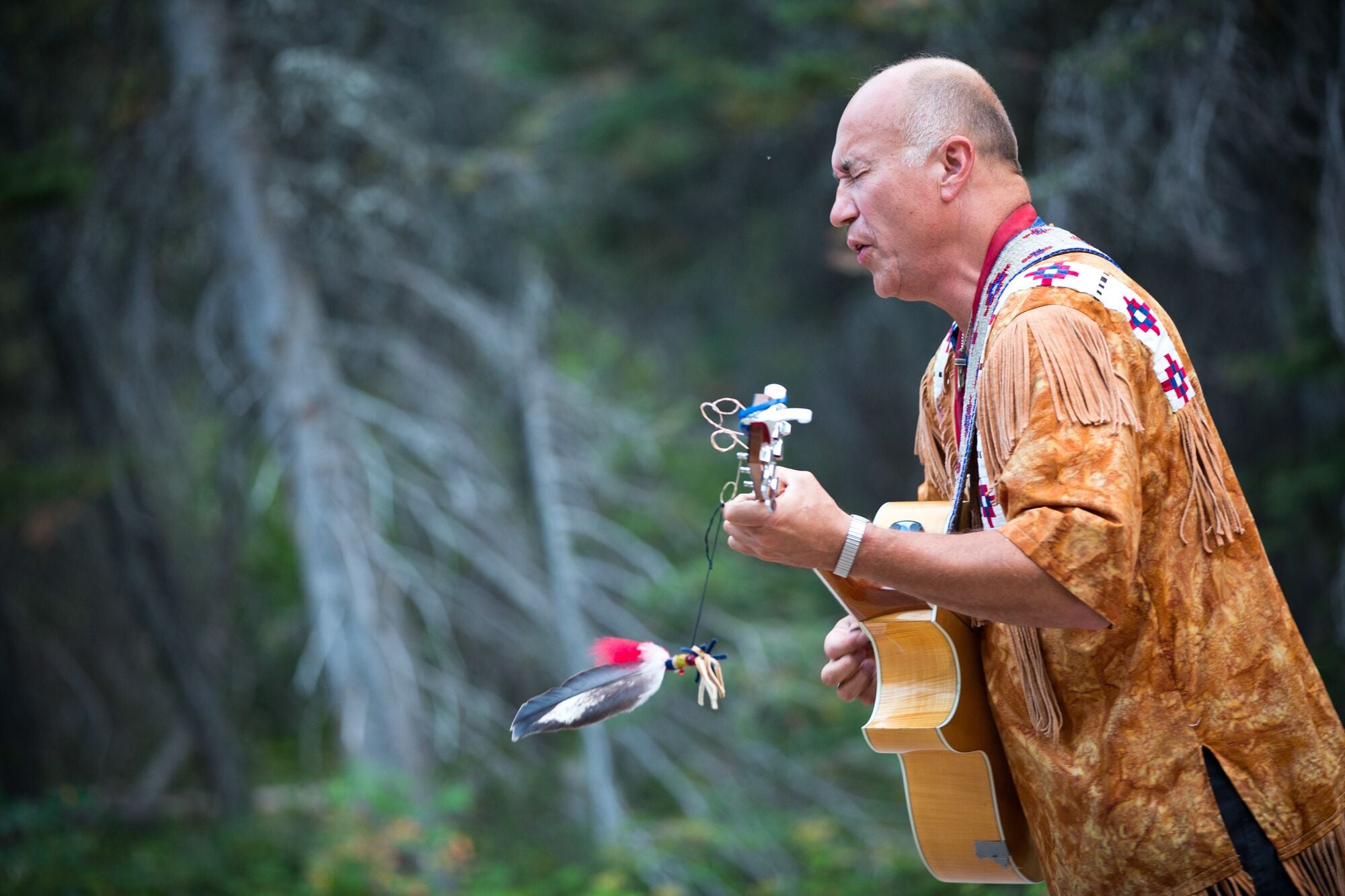
For the Blackfeet, who have lost so much over the past few centuries, the Badger-Two Medicine area remains one of the last strongholds of the Tribe’s values. The landscape is a critical part of the oral history, creation stories, and ceremonies of the Blackfeet people. For centuries, they have used these mountains and forests to hunt elk and other game, gather plants, collect lodge poles, and search for supernatural powers. Today, many Tribal members travel to the Badger-Two Medicine area for prayer and vision quests.
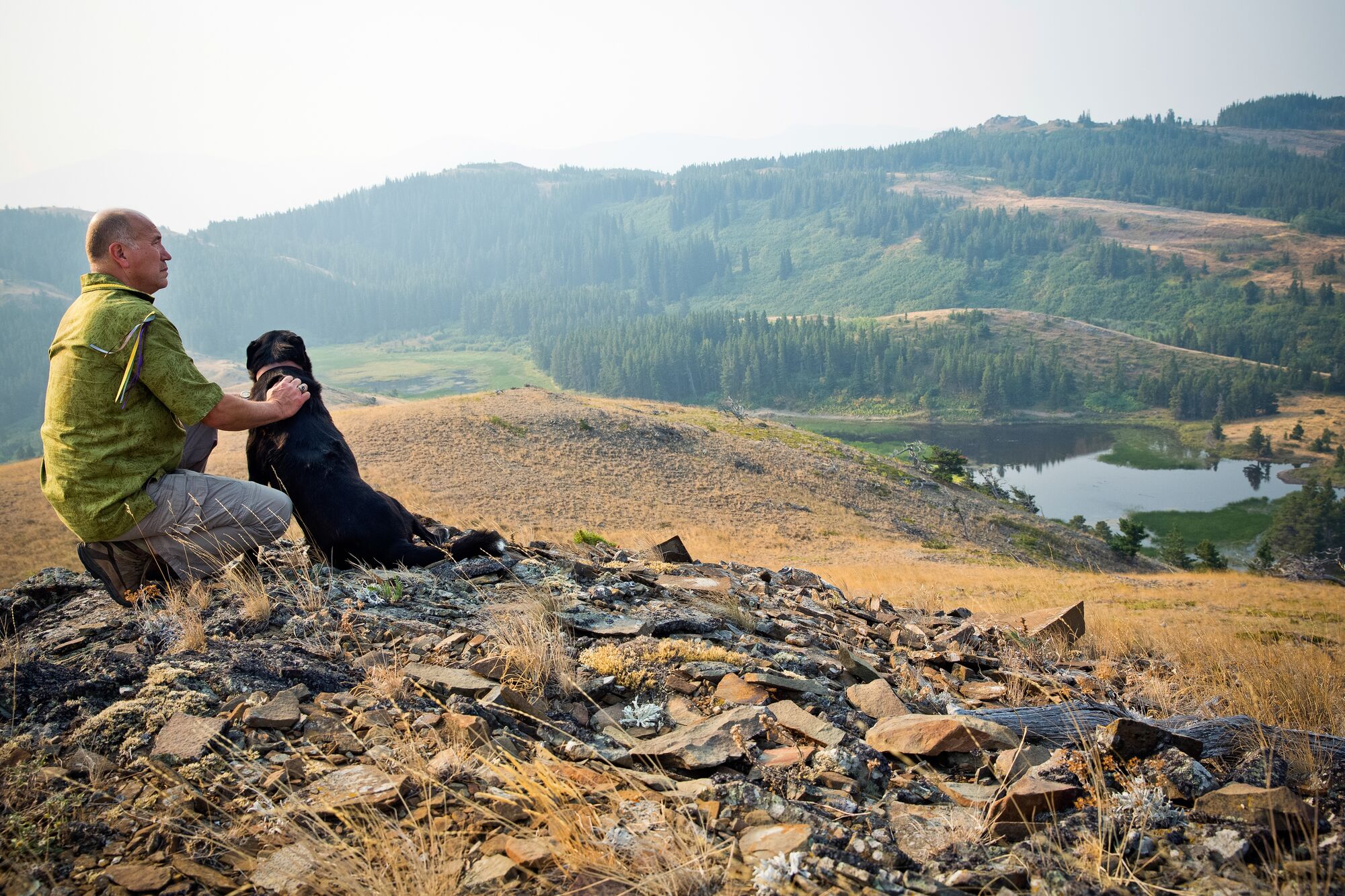
When the Reagan administration first issued the Badger-Two Medicine area leases, wildlife biologists, hunters and other Montanans joined the Tribes to protest the decision. Lou Bruno was one of them.
Originally from New York, Bruno moved to East Glacier, Montana, in 1975 after growing tired of seeing wild places taken over by industrial development. One cold night in 1984, he attended a public meeting about a proposed oil and gas lease in the Badger-Two Medicine area. After that meeting, it became clear to Bruno that the Forest Service was intent on drilling the land rather than managing it as a public resource that creates the greatest good for the most people.

“I felt like it was happening all over again — that I had come to a place only to see it destroyed — and this time I wasn’t going to let it happen,” he said.
Shortly after, Bruno and others created the grassroots, nonprofit organization Glacier-Two Medicine Alliance. The group raised awareness about the Badger-Two Medicine area and began appealing government approvals for drilling in the area.
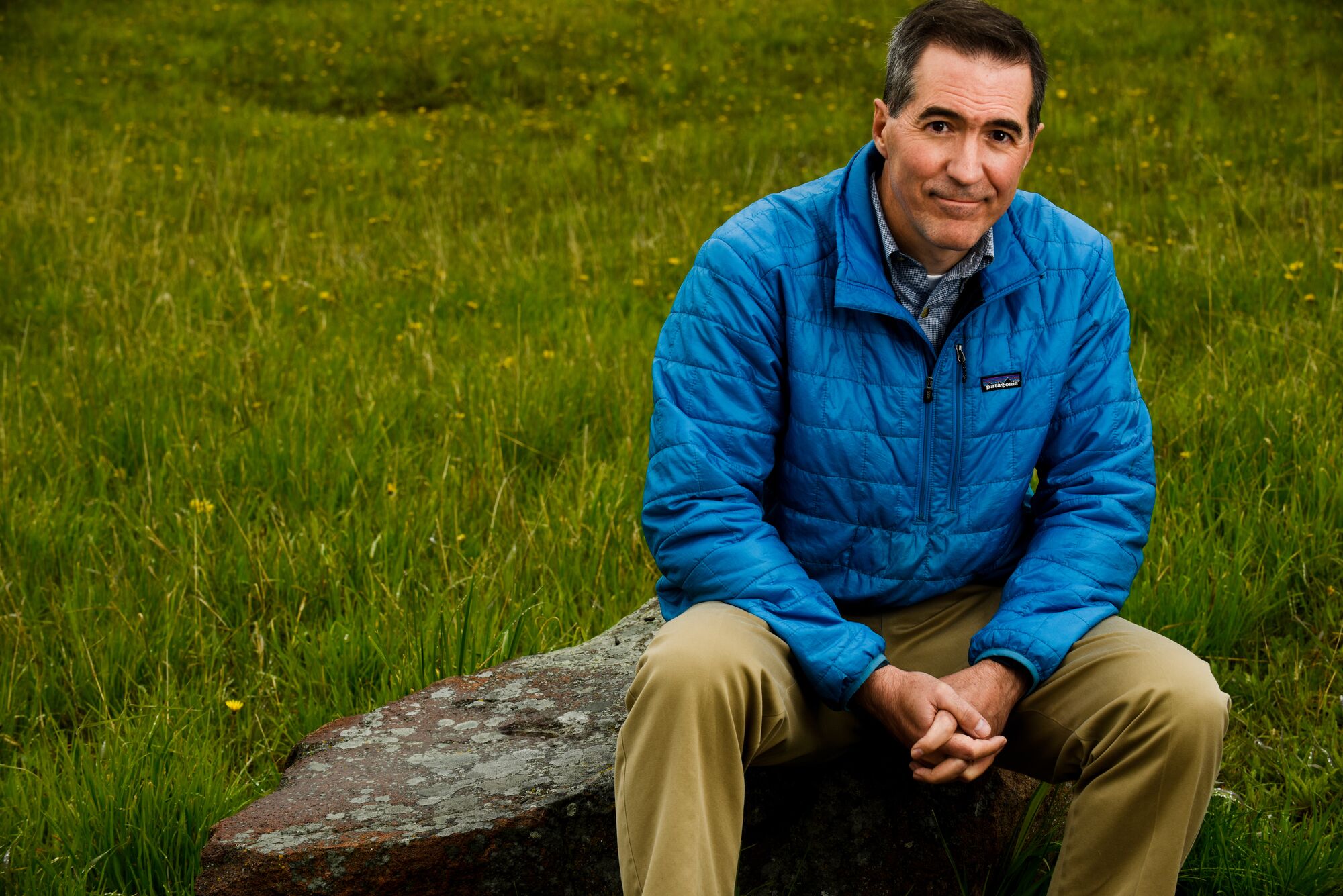
Earthjustice’s Tim Preso has spent more than two decades using the courts to protect wildlife and wild lands in the northern Rocky Mountains region. As former managing attorney of the Northern Rockies office in Bozeman, Montana, and now as the head of Earthjustice’s Biodiversity Defense program, Preso’s team has successfully protected species including wolves, grizzly bears, and bison for decades.
“It is my privilege to speak for these wild places and wild creatures in the federal court system,” said Preso.

In 2015, the Blackfeet Headwaters Alliance and the Glacier-Two Medicine Alliance — both represented by Earthjustice — joined 10 conservation organizations in supporting the Blackfeet Tribe’s request that the government cancel all oil and gas leases in the Badger-Two Medicine area.
The legal question at hand was whether the remaining oil and gas leases in the Badger-Two Medicine area were ever valid in the first place. According to Preso, they were not.
In the 1980s, at the same time that the Badger-Two Medicine area leases were issued, the government issued similarly flawed leases in Montana elsewhere along the Rocky Mountain Front. A federal court since ruled that these leases were illegal and subsequently cancelled them. Earthjustice requested that the government cancel the Badger-Two Medicine area leases on the same grounds.
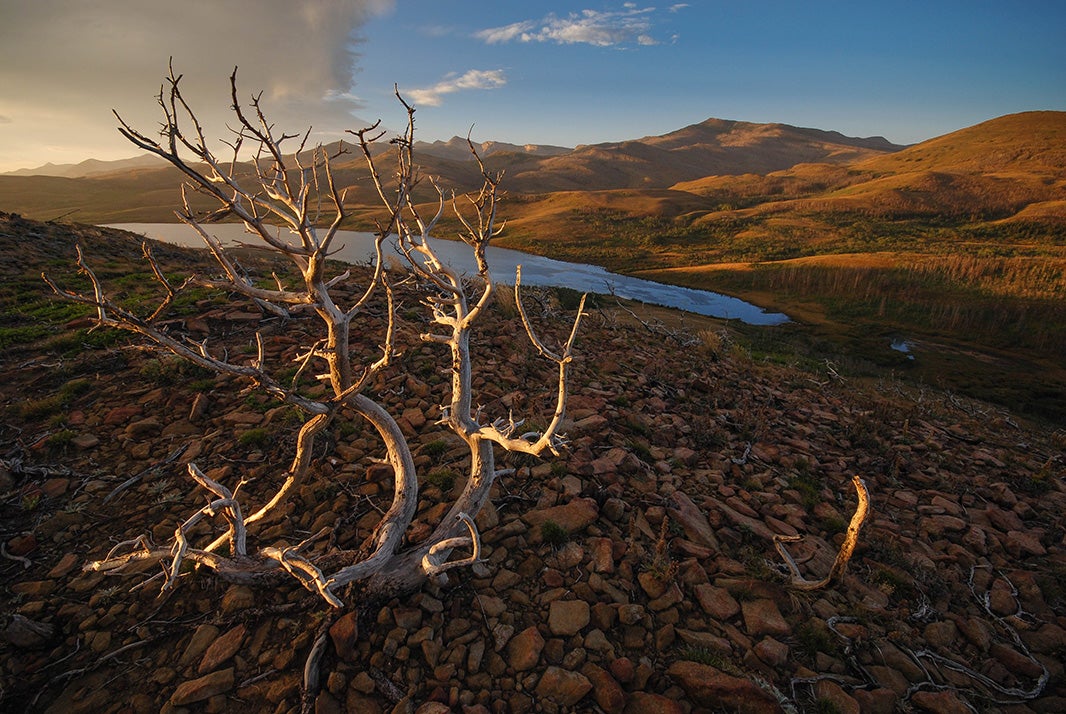
While Earthjustice’s Preso built the legal case, conservation advocates both within and outside the Blackfeet community built a movement, drawn together by their collective outrage over the oil industry’s demands to drill such a treasured landscape.
The loss of cultural connections to primary religious lands is a concern for many American Indian Tribes. The Blackfeet’s use of the Badger-Two Medicine area has been unbroken over time, and they feel they must protect it — not just for themselves, but for future generations. To that end, the entire Blackfoot Confederacy, the National Congress of American Indians, and all Tribal nations in Montana and Wyoming vowed to protect it.
Montana Democratic Senator Jon Tester and the band Pearl Jam also threw in their support. In addition, thousands of people signed petitions asking the federal government to cancel the leases.
In the years since the leases were granted, many steps have been taken to protect the area, including designation as a Traditional Cultural District of the Blackfeet Nation, a permanent prohibition on all future leasing, and a ban on all motorized uses. But the leases from the ‘80s still posed a threat.
Finally, in 2016 and 2017, the federal government responded to the public pressure and the legal legwork. The U.S. Department of the Interior cancelled all remaining leases in the Badger-Two Medicine region. Solenex, however, went to court again, challenging that decision.
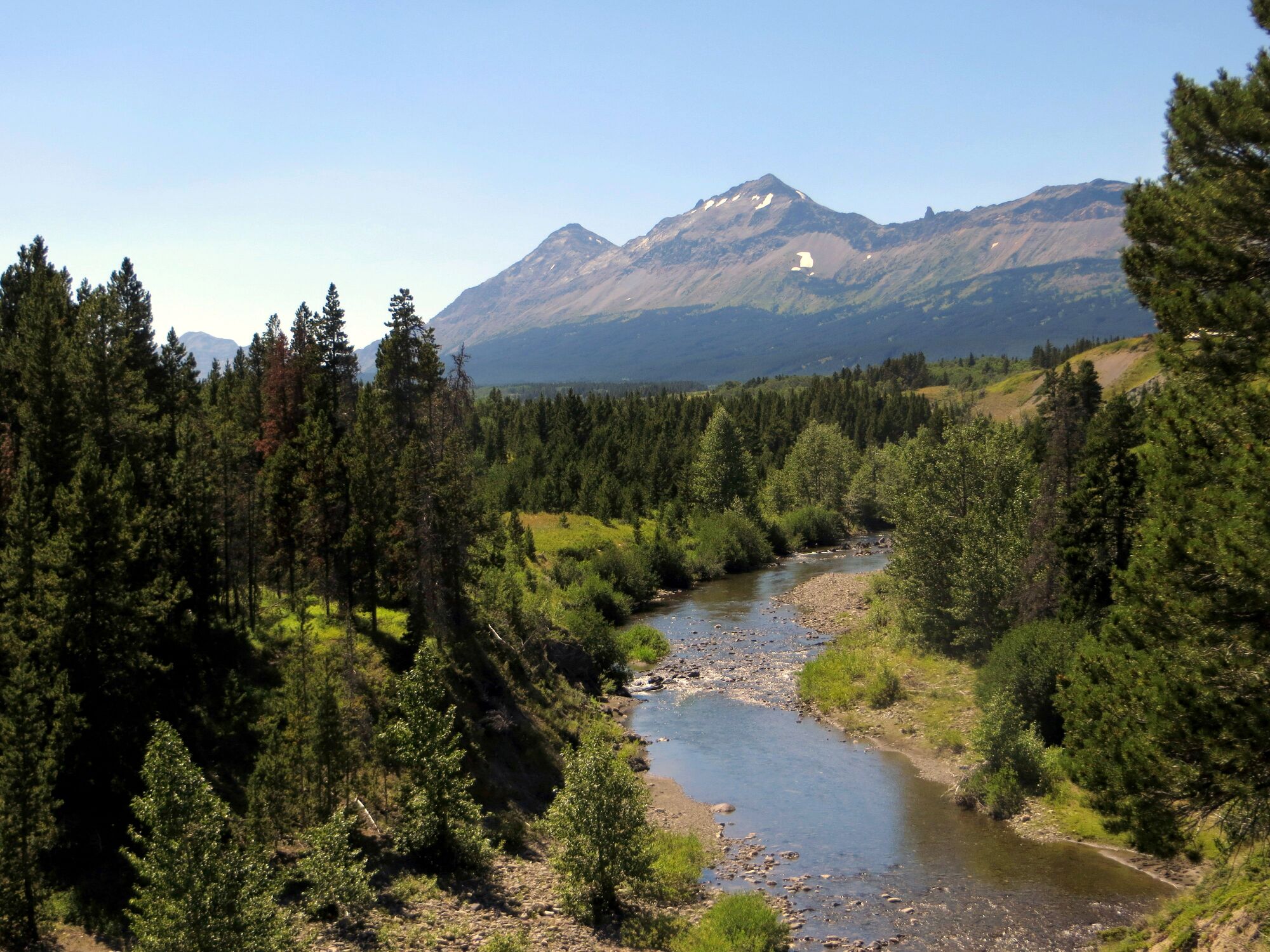
In June 2020, a federal appeals court in Washington, D.C., upheld the cancellation of the last remaining federal oil and gas lease in the area. But the victory would be reversed in September 2022, when a federal district court reinstated the lease.
Preso was prepping to go another round in an appellate court.
Then, this year, the parties arrived at a settlement, secured with the help of money from Hansjörg Wyss and the Wyss Foundation. Under the settlement, the last remaining federal oil and gas lease is permanently retired. In the end, no fossil fuel development occurred, and none ever will as long as current legal protections stand.
“When the coalition stood up to defend this region against the leaseholder’s original lawsuit filing in June of 2013, we had no idea that we were embarking on more than a decade of litigation, with many twists and turns along the way,” said Preso in reaction to the settlement. “But the Badger-Two Medicine region, all the people and wildlife who depend on it, and today’s result were well worth the fight.”
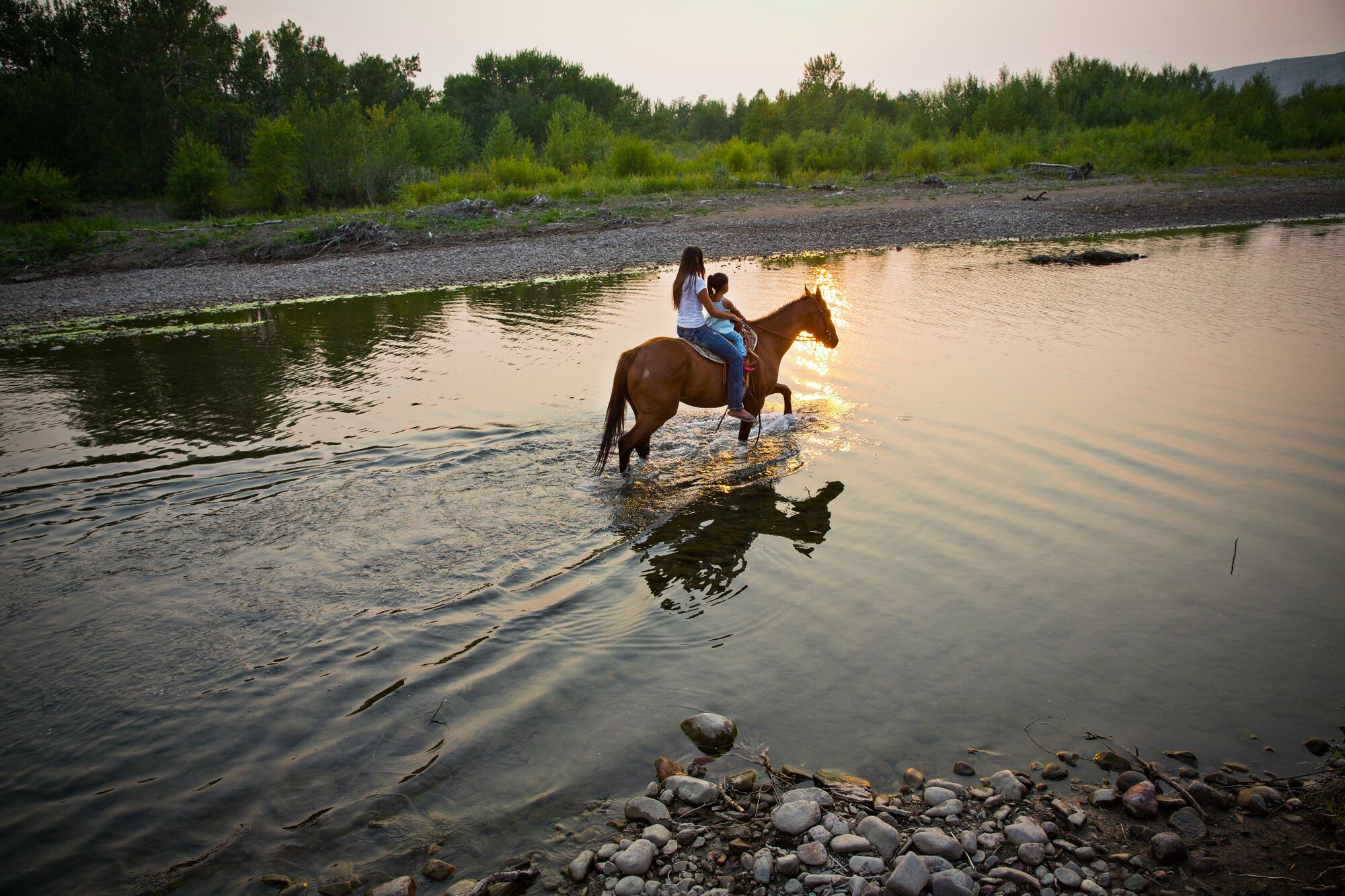
Leaders in the decades-long fight celebrated the settlement and expressed relief.
“My heartfelt thanks goes out to so many great people involved in this struggle for the last four decades,” said Blackfeet Tribal Historic Preservation Officer John Murray. “Hearing this great news, my first thoughts were of all those Blackfeet individuals that did not live to see this day.”
One of those Blackfeet was Chief Earl Old Person, who led the Tribe’s resistance to the leases for more than 30 years. He passed away in 2021 at the age of 92.

“These ancient lands are among the most revered landscapes in North America and should not be sacrificed, for any price,” he once wrote President Obama, asking for the leases to be cancelled.
Said Chief Old Person, “These lands, they’re not our lands. But we’re the keepers.”
Originally published Oct. 22, 2015. Updated Sept. 1, 2023.
Established in 1993, Earthjustice's Northern Rockies Office, located in Bozeman, Mont., protects the region's irreplaceable natural resources by safeguarding sensitive wildlife species and their habitats and challenging harmful coal and industrial gas developments.
